- Joined
- Jul 9, 2018
- Messages
- 314
Hello all and thanks for the help to get me to this point.
I have a 1" round of aluminum to cut my test cuts for squareness in my setup.
I have measured the round bar in my 3 jaw and played with center to come up with a high and low of 2 thousnadths on either side of zero on my dial indicator. I measured close and far on the bar and seems consistent.
I know the round bar stock aluminum has some uneven spots as I have not trued it.
Whats the norm on plus or minus for truing something like this up?
Also have a couple open threaded holes on my lathe, are these for accessories?
Set up specs, tools to use, procedures to follow, would be great info.
I am watching the MIT videos and mrpete222 series of videos and learning a lot.
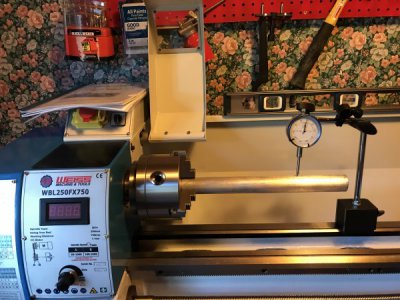
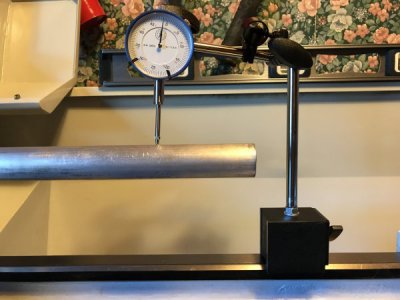
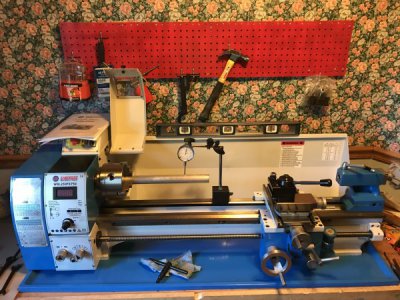
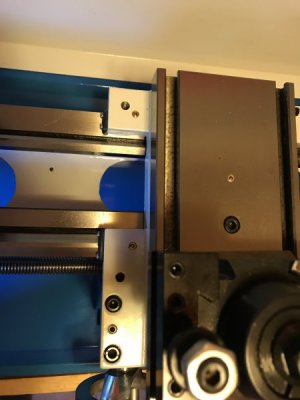
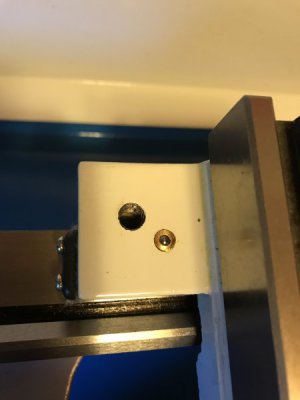
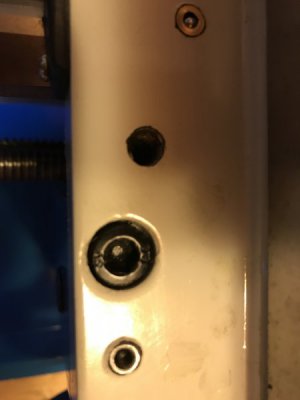
I have a 1" round of aluminum to cut my test cuts for squareness in my setup.
I have measured the round bar in my 3 jaw and played with center to come up with a high and low of 2 thousnadths on either side of zero on my dial indicator. I measured close and far on the bar and seems consistent.
I know the round bar stock aluminum has some uneven spots as I have not trued it.
Whats the norm on plus or minus for truing something like this up?
Also have a couple open threaded holes on my lathe, are these for accessories?
Set up specs, tools to use, procedures to follow, would be great info.
I am watching the MIT videos and mrpete222 series of videos and learning a lot.






